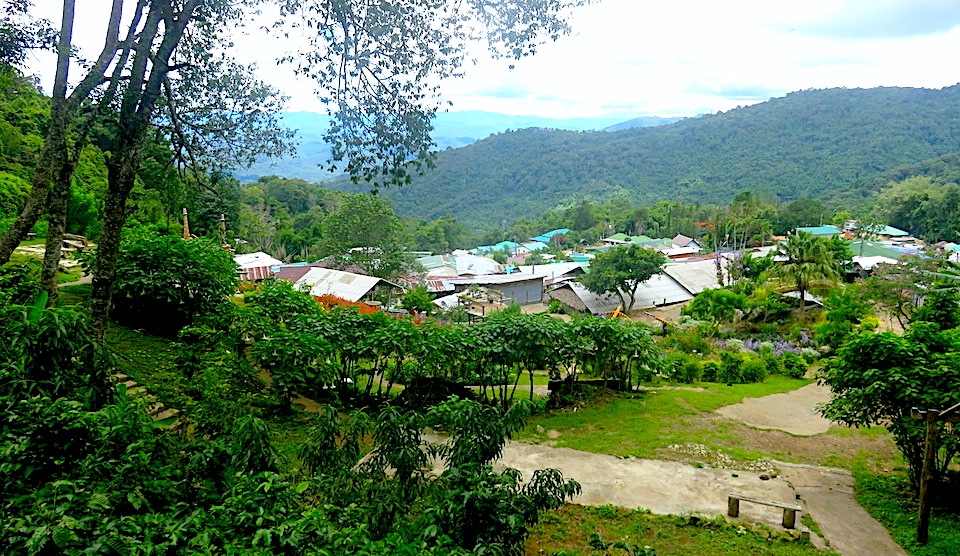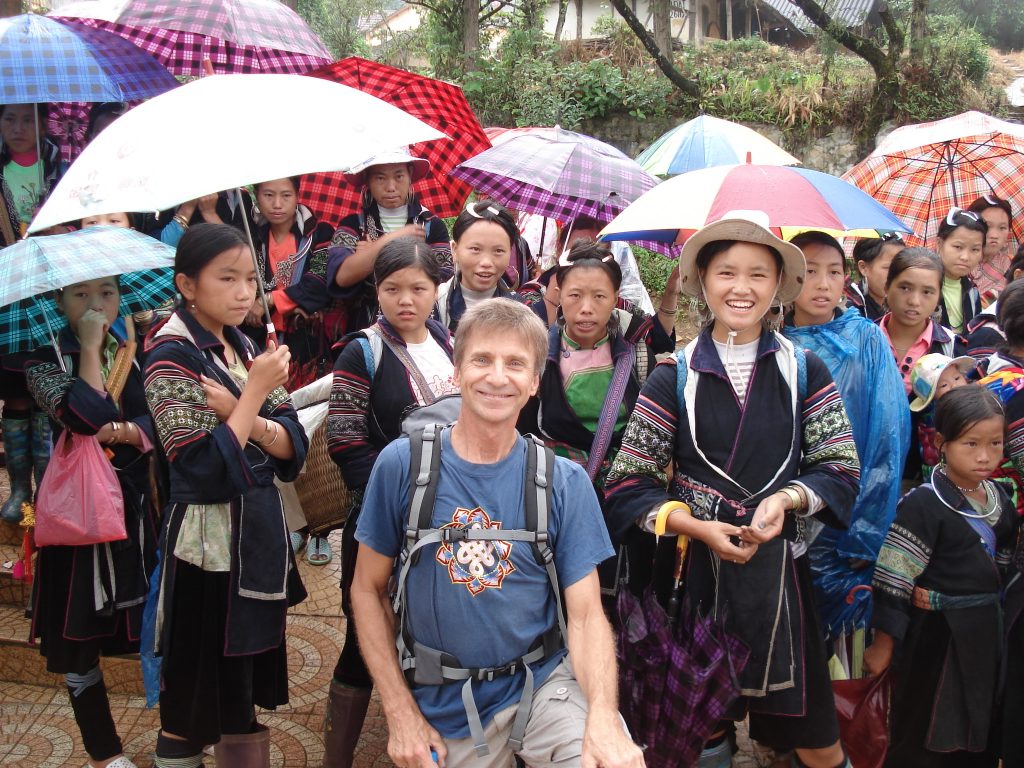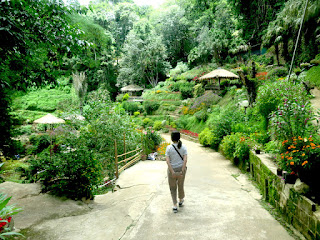
The Hmong are a unique indigenous people who have populated southern China for at least 8000 years. Unfortunately, in the 18th and 19th Centuries, they were targeted by the Qing Dynasty for extermination. This prompted most of them to migrate to other countries in southeast Asia: mainly Laos, Vietnam, and Thailand.
Masumi and I first encountered the Hmong in northern Vietnam in 2010. Here I am being greeted by them at the train station in Sapa, not far from the Chinese border.

More recently, on our return trip to Thailand — we were last there in December 2019, right before Covid shut down the world for travel — we visited a Hmong Village near Chiang Mai.
This is a real, functioning village. At the same time, it has been made “tourist friendly”, to encourage travelers to visit, learn about Hmong culture and crafts, and hopefully inject some money into their struggling community. It’s not easy for non-indigenous people to survive in Thailand. There are no factories or fast food restaurants to provide employment. All income for the town is generated within the closed, internal economic environment of the town.
There are some beautiful areas in the village, but most of it consists of bare-bone shops and rather shoddy residences, far from what could be called luxurious.
Let’s start with the gardens.
The town looked fairly typical of this part of the world. Lots of corrugated iron; crafts, clothing and jewelry shops; populated with friendly people and cute kids.
Without a doubt, that was the highlight of our visit!































